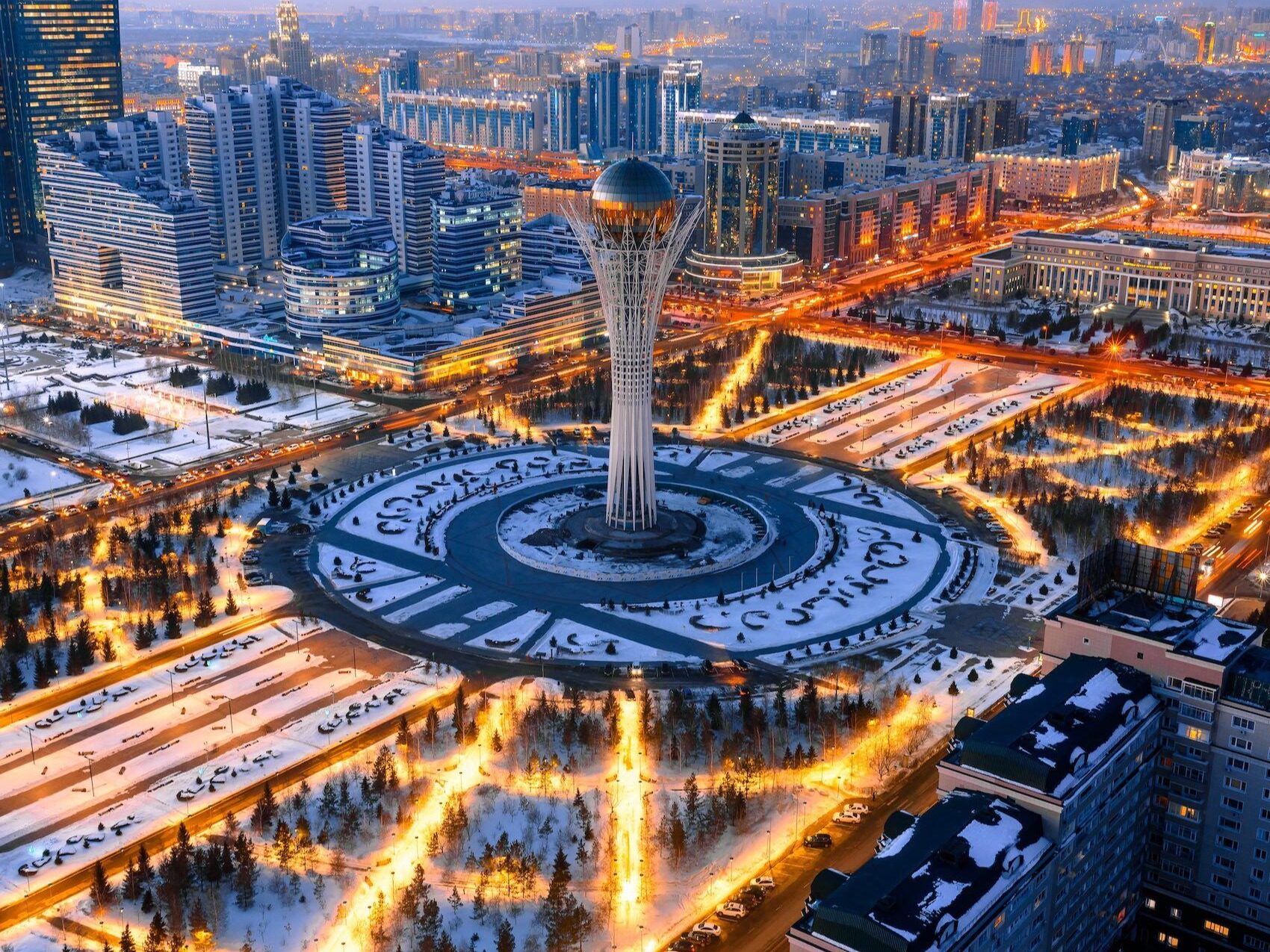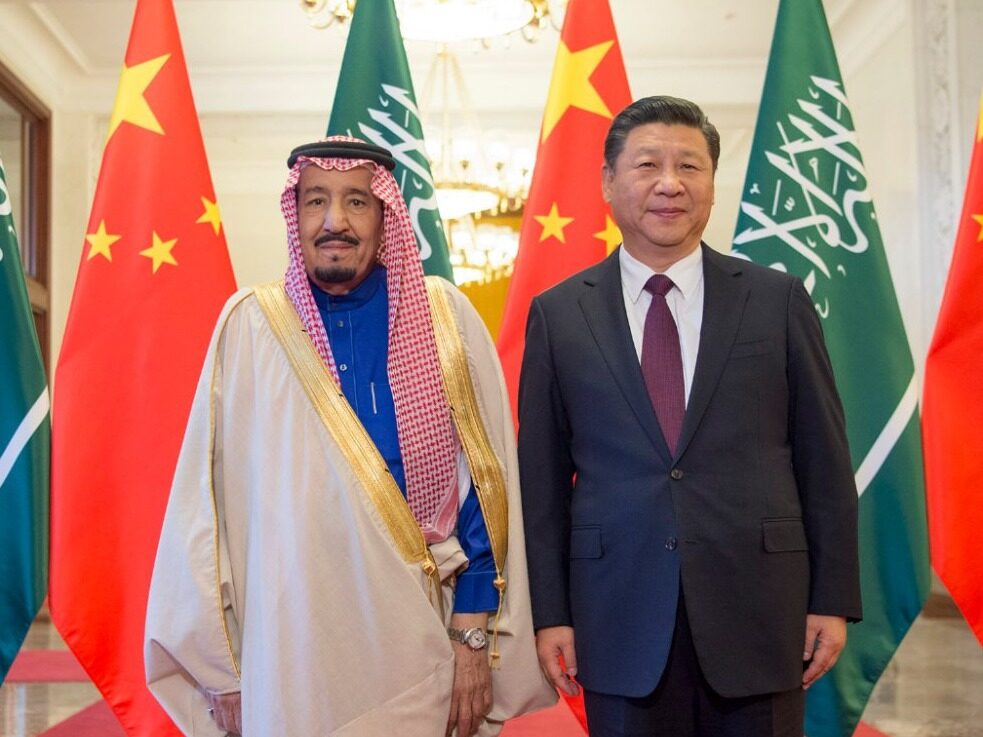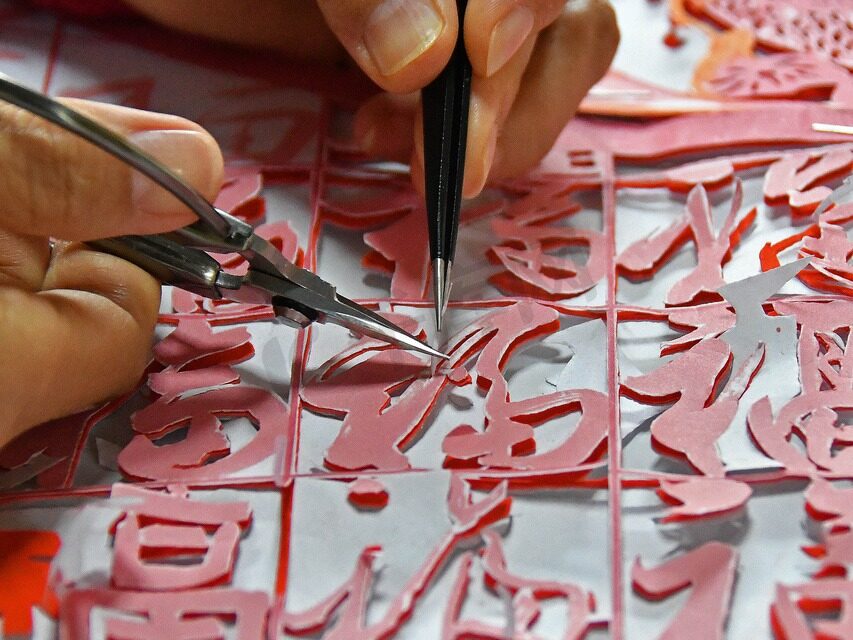- The Longmen Grottoes have made great contributions to the innovation and development of Chinese grotto art

More than 1,500 years ago, a strong and combative nomad emerged in the vast desert of northern China. This is the Xianbei Tuoba Tribe that established the Northern Wei Dynasty. In 439 AD, Tuoba Xianbei unified northern China and confronted the Liu Song dynasty on both sides of the Yangtze River. From then on, Chinese history began a period of division for more than a century, known as the Northern and Southern Dynasties.

After Tuoba Xianbei moved to the Central Plains, in order to consolidate their rule, the monarch Tuobahong took the brunt of the Han Dynasty. He abandoned the Tuoba surname and changed his surname to Yuan. At the same time, he also accepted the Buddhist beliefs in the Central Plains. In the Northern Wei Dynasty, the capital was changed from today. After Datongqian arrived in Luoyang, a Buddhist statue project that lasted for hundreds of years began.

In 490 AD, Empress Dowager Feng died of illness. Her grandson Tuoba Hong was very sad. The death of his grandmother made him unable to shake off the sadness for a long time. In order to comfort the emperor’s pain, the nobles of the palace decided to donate money to open a cave in Yique Xishan, pray for the Queen Mother Feng and do meritorious deeds for the emperor. Experts of the World Heritage Committee once evaluated that the grottoes and Buddhist niches in the Longmen area represent the highest peak of Chinese stone carving art.

In 493 AD, a group of craftsmen came to the steep cliffs of Longmen West Mountain. The construction of Longmen Grottoes, which had lasted for hundreds of years, opened the curtain. The craftsmen relied on a natural cave and gradually digged it into an eleven-meter high. It is a grotto with a width of seven meters and a depth of nearly fourteen meters. The top of the cave is hewn into a dome-shaped arch. The position of the Buddha statue is reserved in advance. It is slowly carved and carefully carved. This is the first grotto in Longmen. It took a full ten years.

In 503 AD, the main body of the Guyang Cave was completed. The front wall of the cave was Emperor Xiaowen’s grandmother. The one Buddha and two Bodhisattvas built were seated in the middle. The main Buddha Shakyamuni was nearly seven meters high, with a long face and a meditation seal with both hands. , Showing a kind, harmonious and beautiful look, the Bodhisattva on the left and right is also beautiful, smiling and amiable, and this manner is no longer the style of the previous Buddhist statues highlighting the great power, but has become Emperor Xiaowen. Tuoba Hong missed his grandmother's sustenance.

Following Emperor Xiaowen, the royal family and ministers of the Northern Wei Dynasty continued to make aspirations in Guyang Cave. From 493 AD, through Emperor Xuanwu Jingming, Zhengshi, Yongping, Yanchang, to Emperor Xiaoming Xiping, Shengui, Xiaochang and other Northern Wei imperial families, they operated in Guyangdong for 34 years, making it a dragon gate. The cave has the largest number of small niches and the richest content.

The Tang Dynasty was the heyday of Buddhism. In this context, Buddhism prevailed at all levels of society, forming a trend of belief in Buddhism by all people. The Longmen Grottoes, not far from Chang'an, the capital of the Tang Dynasty, became lively again. From the fall of the Northern Wei Dynasty to the era of Wu Zetian, it has been silent for more than 100 years.

In 641 AD, a group of craftsmen entered the two holes in the north and south of the Binyang Three Caves that were abandoned during the Northern Wei Dynasty, continuing the unfinished Buddha statues in the Northern Wei Dynasty. The Binyang Three Caves were carved and formed more than a hundred years ago, and the middle hole in it has been completed. In the south and north caves, you only need to carve out the main Buddha and Bodhisattva Bodhisattva, even if you are done. Soon, Binyang three caves will be renovated.

From the Northern Wei Dynasty to the early Tang Dynasty, the main deity enshrined in the Longmen Grottoes was the Buddha Shakyamuni. Since Wu Zetian was canonized as a queen, this situation has undergone subtle changes. In 672 AD, the monk Huijian of Fahai Temple excavated a gongde cave in Longmen Xishan. This is a medium-sized cave with an open niche. The main deity is Maitreya Buddha. This is a serious violation of the arrangement of Buddhist statues and rituals.

In the description of the foundation of Buddhism, both Buddha and Bodhisattva are male, and the face of this Maitreya Buddha is very feminine. Her plump and round face, stretched and slender eyebrows, gentle and calm eyes, and kind and kind expressions are all. It reflects the beauty of women, which is very different from the previous Maitreya statues.

Wu Zetian knew that as a woman, she would encounter many obstacles on the road to the emperor, and to break through these obstacles, she must first transform herself from a human to a god. Therefore, under her instruction, the monk Huijian of Fahai Temple and some monks who were closely related to the court broke through the strict Buddhist rituals and built Buddhist niches with Maitreya Buddha as the main Buddha in the Longmen Grottoes, one after another with female faces. The statue of Buddha was chiseled out to suggest to the majority of Buddhists that Maitreya Bodhisattva has expired and was born into the world, and will soon succeed Sakyamuni and become the Buddha who dominates the world today.

Wei Ji, a well-known engineering scientist at the time, was a well-known engineer who presided over the reconstruction of Luoyang City during the Gaozong Dynasty of Tang Dynasty. In 672 AD, he accepted an important task to excavate the Lucena Buddha for Tang Gaozong and Empress Wu Zetian. According to historical records, Wu Zetian appointed Wei Ji as the engineering ambassador, the Zen Master of Xijing Temple, and the Master Hui Jian of Fahai Temple in charge of Buddhist rituals. Coincidentally, the latter opened the cave a few years ago and regarded Maitreya as the Lord Buddha. Huijian.

This is an unimaginable plan. The builder wants to excavate a Buddhist altar about 36 meters wide from north to south and more than 40 meters deep from east to west on the mountainside of Longmen Xishan. The altar contains nine large statues, the tallest main Buddha. Lu Shana is more than 17 meters high, he will be the most magnificent Buddha statue in the history of Longmen Grottoes.

Lord Buddha Lushe is magnificent and graceful. She sits quietly, with a small smile at the corners of her eyebrows and mouth. Her head down and her gaze meets the gaze of worshipers who worship the Buddha, and she looks so gentle. , Elegant, beautiful, her tranquility and kindness are the deepest and most accurate interpretation of the concept of power in Eastern wisdom.

According to folklore, the face of Lu She's giant Buddha was carved according to Wu Zetian's appearance. Facing this giant Buddha, Wu Zetian seemed to gain infinite confidence. After experiencing the bloody political struggles one after another, she is no longer satisfied with the Second Saint Lin Dynasty. An unprecedented idea may slowly arise in her heart at this moment, becoming the first empress in Chinese history.

After Wu Zetian became emperor, in order to repay Buddhism, the empress worshipped Buddhism in Longmen Dakai Grottoes, and the princes and nobles followed suit. The Longmen Grottoes ushered in the most powerful excavation trend in history. The Gaopingjun Cave, Sanfo Cave, Maitreya Cave in the Wanfogou area of Dongshan and the South Cave of the West Mountain, Longhua Temple, Caiboxing Jingtutang Bazuosi, and Cliff Three Buddhist niches, dense caves on the rock walls on both sides of the Yishui River are like honeycombs, and the Longmen Grottoes have entered their heyday.

In 705 AD, a generation of empress Wu Zetian died of illness, and the excavation of the Longmen Grottoes, which lasted for more than two hundred years, went to a low ebb. After experiencing the Anshi Rebellion, the Tang Dynasty declined rapidly and could no longer continue to build grottoes. These unfinished grottoes ceased forever at the end of the Tang Dynasty.

Time has flown for more than a thousand years. Those bloody battles and intriguing conspiracies have become pieces of history, scattered among ancient books and legends in the world. Only the Buddha of Lucena still contains everything with it. Eyes, witnessing the past, but also watching the present and the future. Editor/He Yuting
Comment
 Praise
Praise
 Collect
Collect
 Comment
Comment
 Search
Search














Write something~